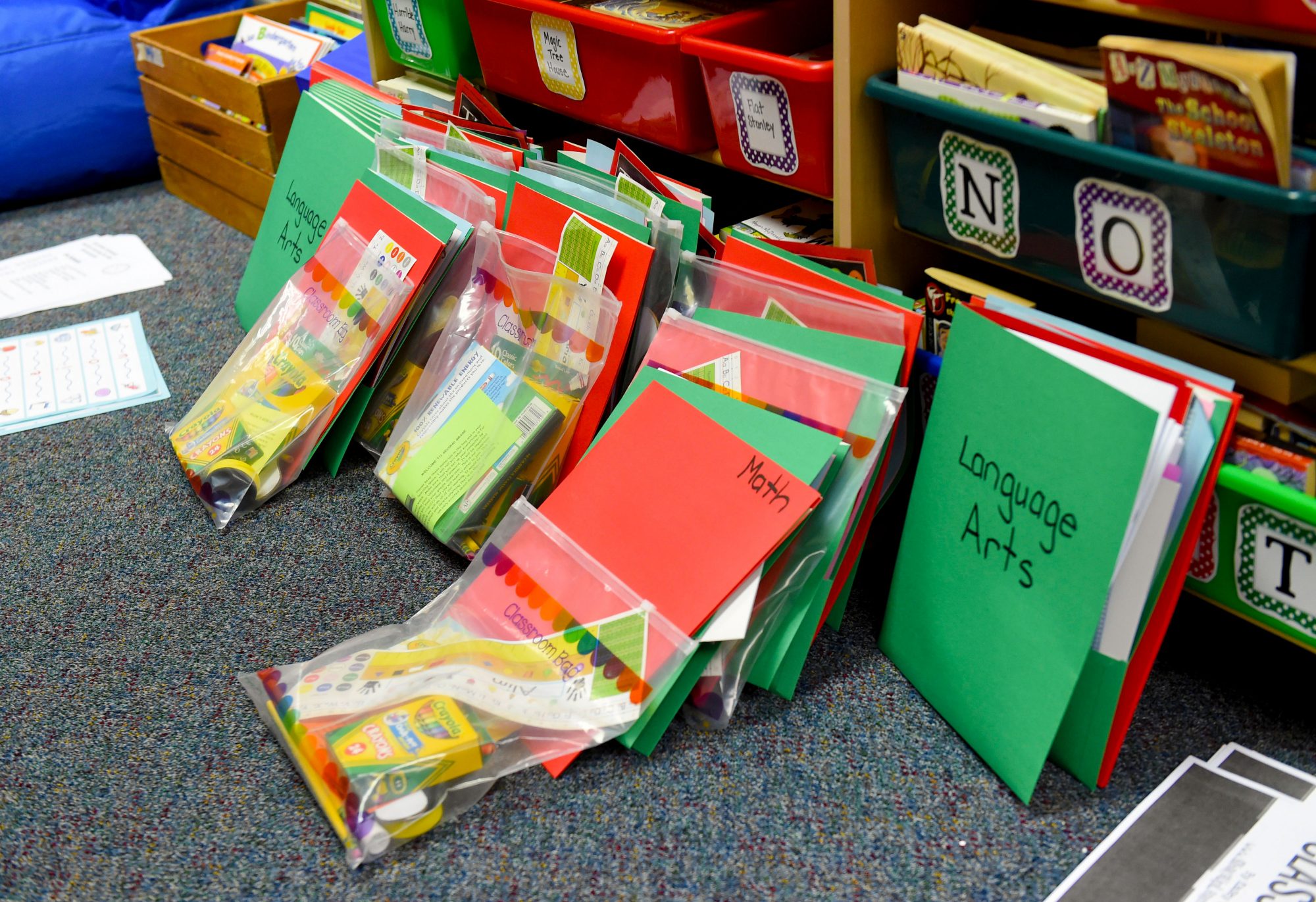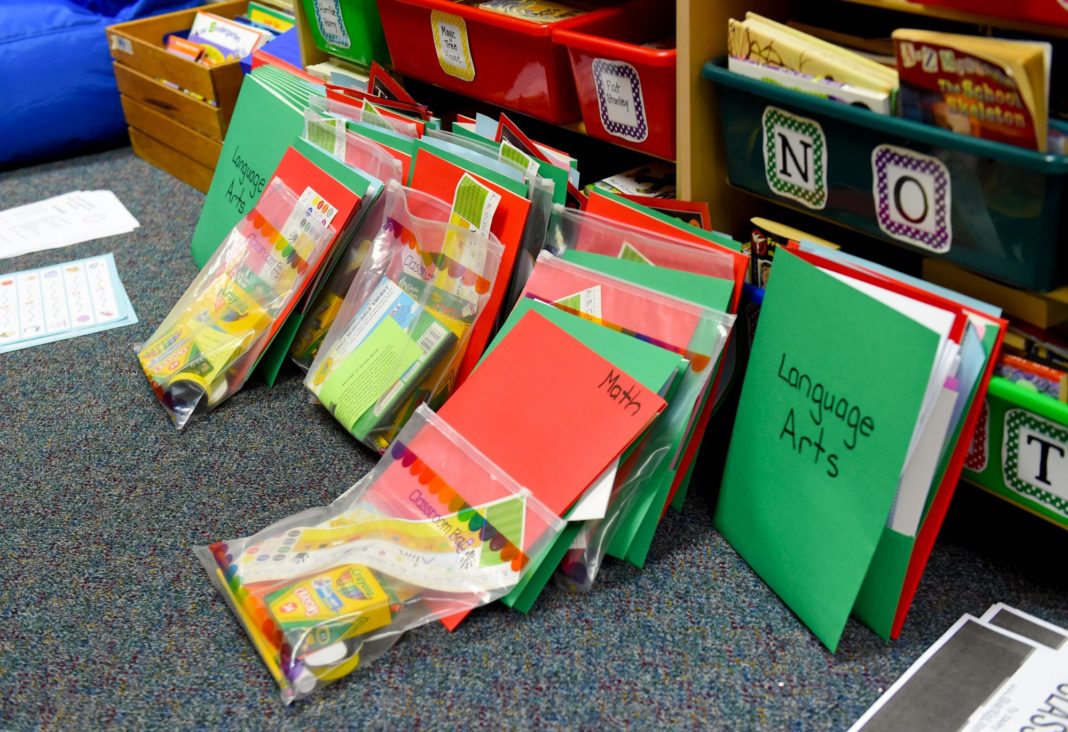
Student of color and other vulnerable students were already at a disadvantage in U.S. schools—even being disciplined more than their white peers. But now, due to remote learning during the pandemic, Black, Hispanic, and low-income children are falling even further behind in math and reading, and the effects could be long-lasting.
Looking at test results from 4.4 million students in grades three through eight this fall, a new report from NWEA (formerly the Northwest Evaluation Association) revealed that school closures due to COVID-19 caused setbacks for most children, but it was Black, Hispanic, and high-poverty students who took the biggest hit. Analyzing the MAP Growth assessment scores that help track progress, it was clear that while some students are actually thriving out of classrooms and doing better than expected with distance learning, marginalized students were being left behind.
"Unfortunately, the U.S. education system has long failed to meet its promise to all kids," says ChaKia Parham, Vice President of Institute and Program Implementation at Teach For America who's based in Orlando, Florida. "Children in low-income communities, who are disproportionately children of color, are often denied access to an excellent public education and its corresponding opportunities."
Vulnerable Students Are Falling Behind Even More
"Inequities certainly existed pre-COVID and those inequities are exacerbated more than ever," says Verjeana McCotter-Jacobs, Esq., Chief Transformation Officer of the National School Boards Association (NSBA) in Alexandria, Virginia. "The education system of the U.S. was not designed to educate BIPOC, so in many ways it is always in 'catch up mode.'"
So what, exactly, is going on here? Poverty, discrimination, and a lack of access to quality education are all at play, but the fact that some students don't have the basic resources necessary prevents them from having an opportunity to learn at all.
"The COVID-19 pandemic has highlighted a long-documented and persistent inequity affecting students that lack adequate broadband access," says McCotter-Jacobs. "As the learning environment for students has shifted from traditional classrooms in school buildings to virtual classrooms, the necessity for each student to have high-quality access to the internet is imperative. With the current crisis dramatically shifting our children’s education to remote and online learning, it has never been more important to address this inequity."
According to the National Center for Education Statistics, 94 percent of children ages 3 to 18 had access to the internet at home, with 88 percent using a computer and 6 percent using a smartphone. Children who identified as Hispanic, Black, or Pacific Islander were less likely to have internet at home, and low-income families were also less likely to have internet at home.
Trying to attend school on a smartphone or not even being able to sign on at all is adding to an already unfair playing field. And when it comes to math and reading—two subjects that can require more support, resources, and even tutoring for some students (including those with disabilities)—the pandemic is making some kids struggle more than usual.
"Even before the pandemic, studies showed that low-income students were almost two years behind in reading by the time they were in the fourth grade compared to their higher-income peers," says Parham. "That gap grew to almost three years by the time students reach eighth grade."
As a former educator in New Orleans, Parham was fortunate to teach students with incredible promise, but says that it was heartbreaking knowing some of those students wouldn't reach their full potential because of the system. "This unequal access along the lines of race and class has deep roots in American society," she says. "While an excellent education alone won’t vanquish the systemic racism and inequity our children face, it’s essential in order for them to be able to thrive and lead in the 21st century."
One more particularly troubling finding from the NWEA report is that one-quarter of the students who usually take the growth assessments didn't this time around. This could be due to the fact that they were absent on the day of the test or simply unable to connect to the internet, but there's one other possible explanation: these students might not be in school at all this year. In fact, an October 2020 study found that 3 million educationally marginalized students—those with disabilities, in foster care, who are homeless, or are learning English—might not have attended school since March when the pandemic began.
"Absenteeism, both for virtual and in-person instruction, have skyrocketed during the pandemic, leaving many students further behind," says Parham. "Students in these communities are especially vulnerable to the impacts of the pandemic, and these impacts have created many barriers for students engaging in school this year. We have to make sure that this isn’t a year of lost learning for those kids. Otherwise, we are at risk of leaving an entire generation behind."
What Effect Will All This Have?
"The potential long-term effects for students is significant," says Parham. "Missing a year of school can have years-long repercussions for their education and later opportunities in life. It’s a core reason why our educators—and all educators—are working harder than ever to keep students engaged and learning this school year."
Indeed, lost pandemic learning opportunities could cost kids 3 percent in income over their lifetimes and add to the already existing educational achievement gap. With students seriously struggling to keep up, teachers are working overtime to help those in need.
"We owe educators a great deal: they are showing up for kids in unprecedented ways, both inside and outside of the classroom," says Parham. "Our teachers and alumni, who collectively serve in over 9,000 schools, have done everything from hand-delivering schoolwork to kids to providing their families with the food they need to engaging students in new and creative ways (like TikTok!). Their service is remarkable, as is the resilience of our students. While there’s much work to be done, they’re what keep me optimistic about the future."
How You Can Help
Read and share the data
Here, a few resources to get you started:
Donate
You can help provide high-quality education to those in need—all without leaving your home. If you're able, donate here:


